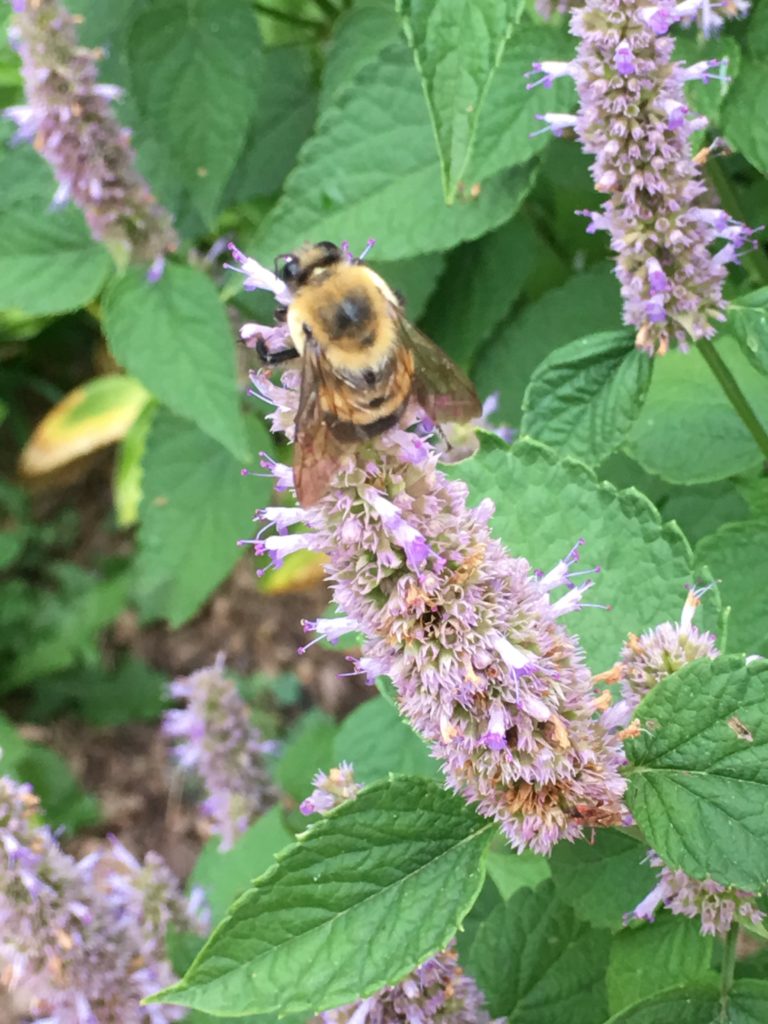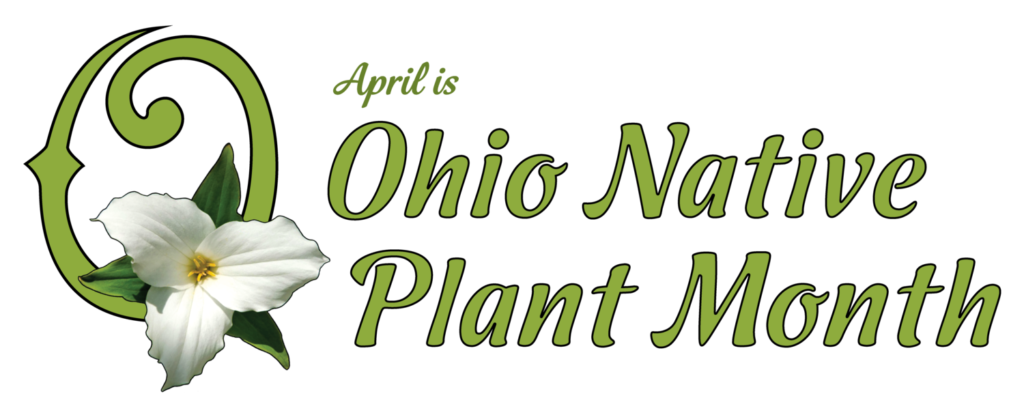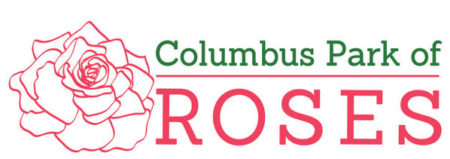April showers bring May flowers! It also brings the first Ohio Native Plant Month. Governor DeWine signed the legislation on July 18, 2019, to increase public awareness of our native plants and to highlight the importance they play in our environment.
Perhaps the greatest reason for planting natives is for the benefit of our ecosystem. “We have destroyed natural habit in so many places that local extinction is rampant and global extinction is accelerating. This is a growing problem for humanity because it is the plants and animals around us that produce the life support we all depend on.” (Doug Tallamy, entomologist and author of the acclaimed Bringing Nature Home and his new book, Nature’s Best Hope )

While birds and insects pollinate plants, in turn, native plants provide food sources for birds, native bees, butterflies, moths and bats. For example, Monarch caterpillars can only feed on native milkweed. There are many such examples in the insect world. Without these food sources, we would not have these insects. Without the insects, we would not have birds. Everything in the environment is interlinked.
Aside from these important reasons to increase native plants in our landscapes, there are also practical benefits of planting native plants. They generally require lower maintenance, including saving water as they are suitable to our climate. Fertilization and pesticides are not necessary. These plants aid in controlling erosion. Plus, they are beautiful.
The Columbus Park of Roses has partnered with the Northview Buckeye Garden Club, which maintains the Perennial Garden, to help educate the public about Ohio native plants. During the month of April, you will find the Ohio Native Plant symbol permanently affixed to plant labels throughout the gardens. You will find them on labels for trees, shrubs, vines and herbaceous plants this spring.

In Ohio, there are over 1,800 native plants. The Ohio Division of Natural Resources and the Ohio Native Plant Month websites are excellent resources to learn more about our native plants. So this spring, think native!
